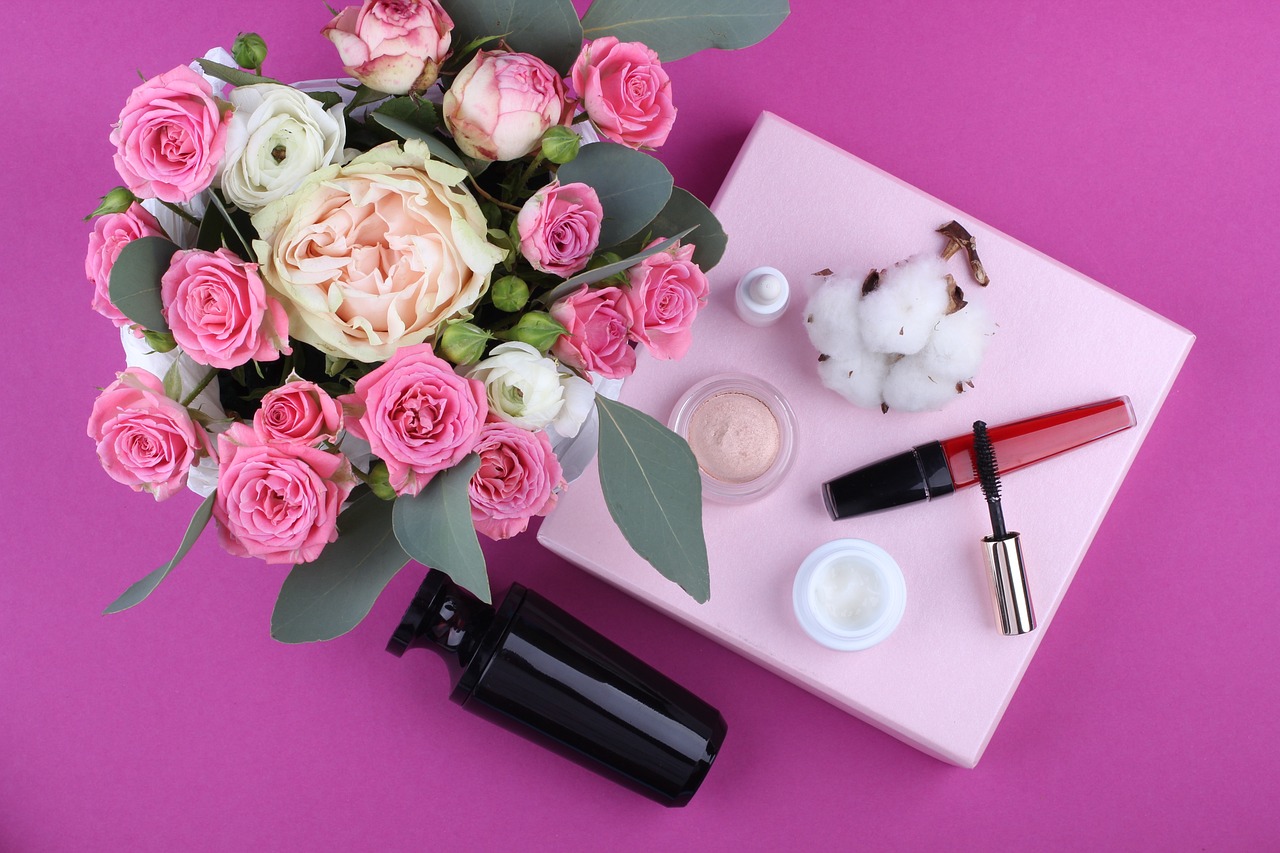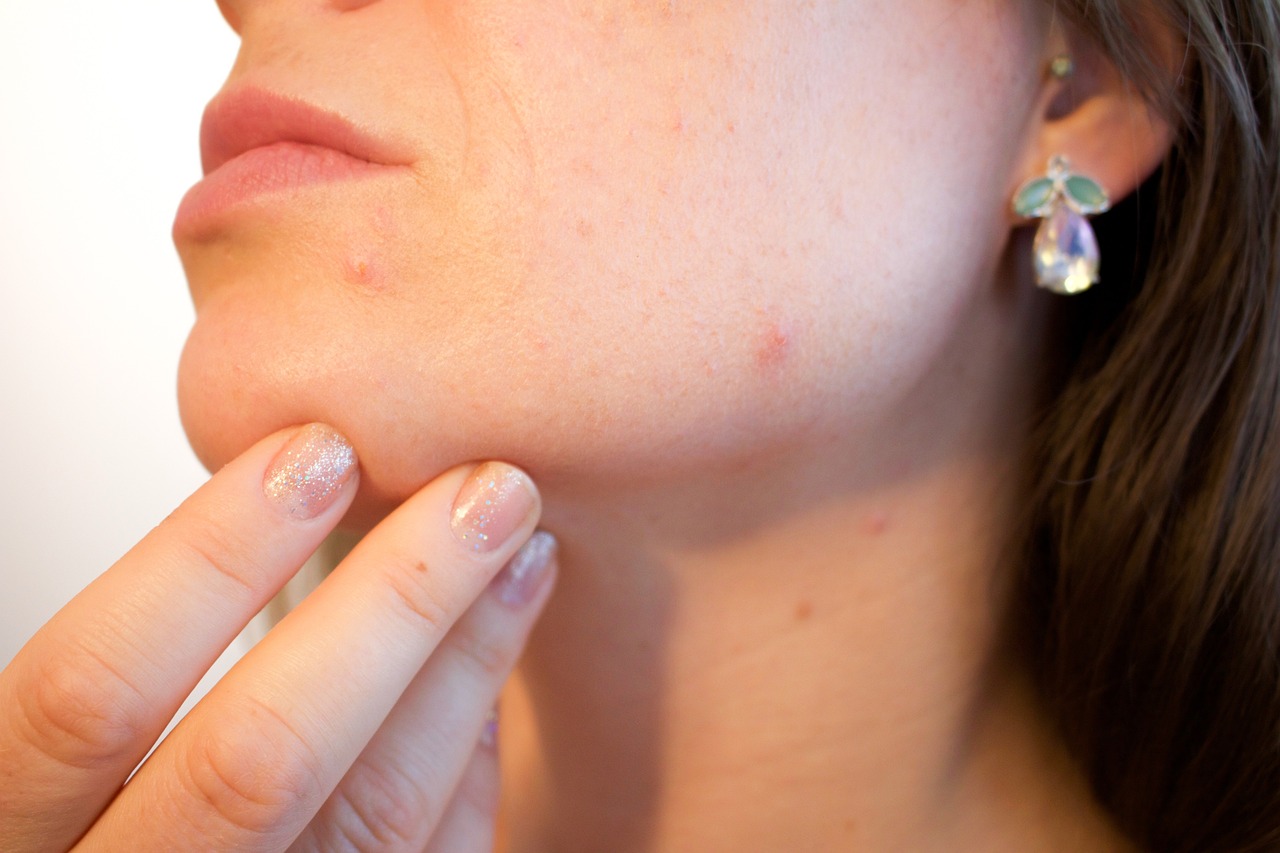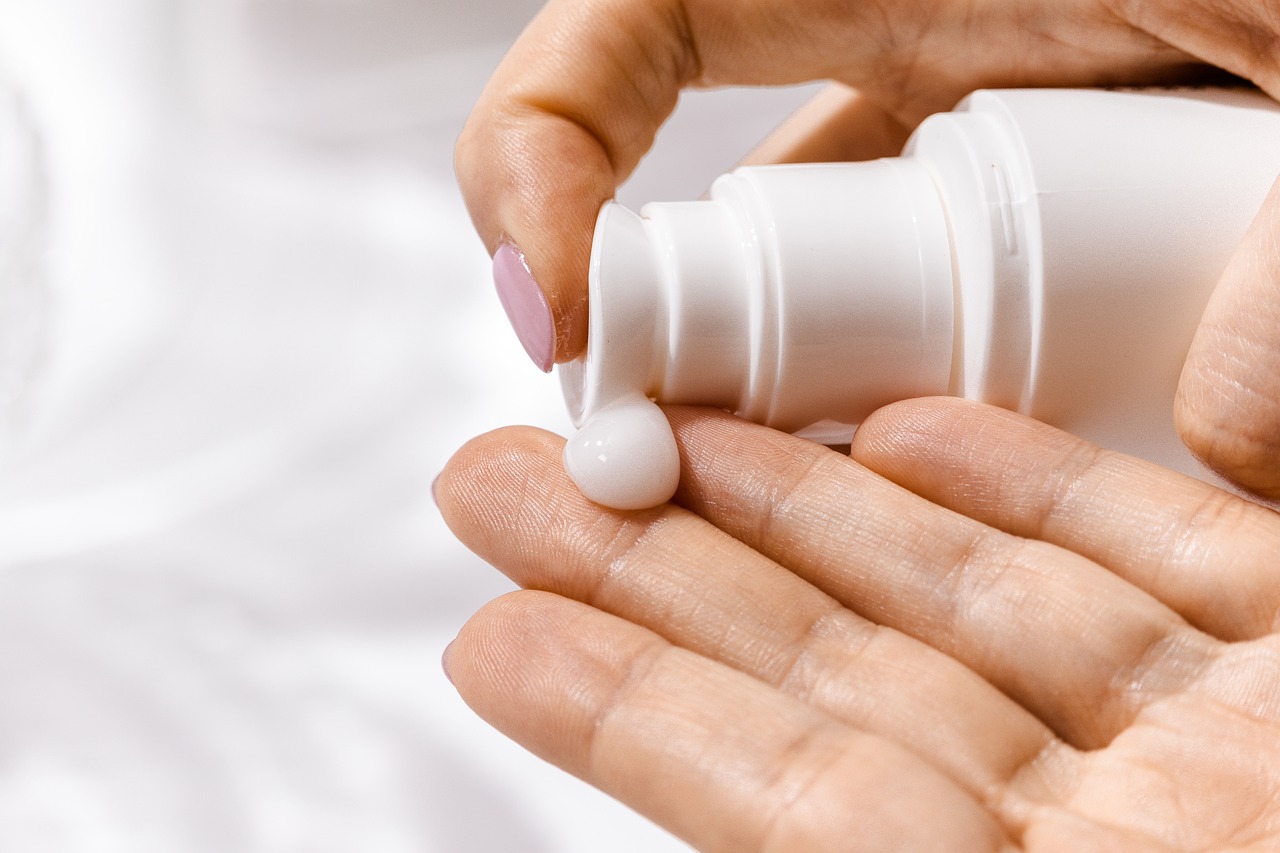Taking care of your skin doesn’t always require expensive spa treatments or luxury products. Sometimes, the best way to give your skin a boost is by making your own face masks using ingredients you likely already have at home. DIY face masks are not only cost-effective but also allow you to know exactly what you’re putting on your skin. Each skin type has its unique needs, and with the right ingredients, you can create a mask that nourishes, soothes, and revitalizes your complexion. In this guide, we will cover a variety of DIY face masks tailored for different skin types so you can find the perfect one for your skin.
1. Face Mask for Oily Skin: Bentonite Clay & Apple Cider Vinegar
Oily skin often deals with excess sebum, clogged pores, and frequent breakouts. A bentonite clay mask is an excellent way to absorb excess oil and pull impurities from the skin.
- Ingredients:
- 1 tablespoon bentonite clay
- 1 teaspoon apple cider vinegar
- Instructions: Mix the bentonite clay and apple cider vinegar until you get a smooth paste. Apply the mask evenly to your face, avoiding the eye area. Let it sit for about 10-15 minutes until it dries, then rinse off with lukewarm water. Bentonite clay helps absorb excess oil, while apple cider vinegar balances the skin’s pH and has antibacterial properties to reduce breakouts.
2. Face Mask for Dry Skin: Avocado & Honey
Dry skin needs extra moisture and nourishment. Avocado is rich in healthy fats that provide deep hydration, while honey is a natural humectant that locks in moisture.
- Ingredients:
- 1/2 ripe avocado
- 1 tablespoon honey
- Instructions: Mash the avocado until it’s smooth, then mix in the honey. Apply this mask to your face and leave it on for 15-20 minutes. Rinse off with warm water. This mask will leave your skin feeling soft, hydrated, and smooth.
3. Face Mask for Combination Skin: Yogurt, Honey & Turmeric
Combination skin requires a balanced approach that addresses both oily and dry areas. This mask uses yogurt for gentle exfoliation, honey for hydration, and turmeric to reduce inflammation.
- Ingredients:
- 1 tablespoon yogurt
- 1 teaspoon honey
- 1/2 teaspoon turmeric powder
- Instructions: Mix all the ingredients together until well combined. Apply the mask to your face, focusing on both the oily and dry areas. Let it sit for 10-15 minutes, then rinse with lukewarm water. Yogurt contains lactic acid, which helps to gently exfoliate, while turmeric has anti-inflammatory properties that even out the skin tone.
4. Face Mask for Sensitive Skin: Oatmeal & Aloe Vera
Sensitive skin can easily become irritated, so it’s important to use calming and soothing ingredients. Oatmeal helps to soothe redness, while aloe vera provides hydration and reduces irritation.
- Ingredients:
- 2 tablespoons ground oatmeal
- 2 tablespoons aloe vera gel
- Instructions: Combine the ground oatmeal with aloe vera gel to create a paste. Gently apply this mask to your face and leave it on for 15 minutes. Rinse off with cool water. This mask helps to calm any irritation and provides a gentle, soothing experience for sensitive skin.
5. Face Mask for Acne-Prone Skin: Tea Tree Oil & Honey
For acne-prone skin, it’s important to use ingredients that fight bacteria and reduce inflammation without over-drying the skin. Tea tree oil is known for its antibacterial properties, and honey helps to soothe and moisturize.
- Ingredients:
- 1 tablespoon honey
- 2-3 drops tea tree oil
- Instructions: Mix the honey and tea tree oil until well blended. Apply the mask to your face, focusing on areas prone to breakouts. Leave it on for 10-15 minutes, then rinse off with warm water. This mask can help reduce acne and soothe any irritation.
6. Face Mask for Dull Skin: Papaya & Lemon Juice
Dull skin often needs exfoliation and brightening to restore its glow. Papaya contains enzymes that gently exfoliate dead skin cells, while lemon juice brightens and evens out skin tone.
- Ingredients:
- 1/2 cup mashed papaya
- 1 teaspoon lemon juice
- Instructions: Mash the papaya until smooth, then mix in the lemon juice. Apply the mask to your face and let it sit for 10 minutes. Rinse with cool water. Papaya’s enzymes work to exfoliate, while lemon juice brightens the complexion, leaving your skin glowing and refreshed.
7. Face Mask for Mature Skin: Banana, Honey & Olive Oil
Mature skin can benefit from hydration and antioxidants to reduce the appearance of fine lines and promote a youthful glow. Banana is rich in vitamins, while honey and olive oil provide deep hydration.
- Ingredients:
- 1/2 ripe banana
- 1 tablespoon honey
- 1 teaspoon olive oil
- Instructions: Mash the banana until smooth, then mix in the honey and olive oil. Apply the mask to your face and leave it on for 15-20 minutes. Rinse with warm water. This mask helps to hydrate, nourish, and add elasticity to the skin.
8. Face Mask for Brightening: Turmeric, Milk & Honey
If you’re looking for a natural way to brighten your skin, turmeric is an excellent choice. Combined with milk and honey, it helps to lighten dark spots and give your skin a radiant glow.
- Ingredients:
- 1 teaspoon turmeric powder
- 1 tablespoon milk
- 1 teaspoon honey
- Instructions: Mix the turmeric powder, milk, and honey until you have a smooth paste. Apply the mask evenly to your face and leave it on for 10-15 minutes. Rinse with lukewarm water. Turmeric helps reduce pigmentation, while milk and honey hydrate and brighten the skin.
9. Face Mask for Exfoliation: Brown Sugar & Olive Oil
Exfoliation is key to removing dead skin cells and keeping your complexion bright and smooth. Brown sugar is a natural exfoliant, while olive oil provides hydration to prevent over-drying.
- Ingredients:
- 1 tablespoon brown sugar
- 1 tablespoon olive oil
- Instructions: Combine the brown sugar and olive oil, then gently massage the mixture onto your face in circular motions. Let it sit for 5-10 minutes, then rinse off with warm water. This mask will leave your skin smooth, soft, and radiant.
Tips for Using DIY Face Masks
- Patch Test First: Always perform a patch test before applying any new mask to your face, especially if you have sensitive skin. Apply a small amount of the mixture to the inside of your wrist or behind your ear and wait for 24 hours to ensure you don’t have an adverse reaction.
- Clean Skin: Apply face masks to clean, dry skin for best results. This allows the ingredients to penetrate your skin more effectively.
- Moisturize Afterward: After rinsing off your face mask, always follow up with a moisturizer to lock in the benefits and keep your skin hydrated.
- Don’t Overdo It: Limit the use of DIY face masks to 1-2 times per week. Over-masking can lead to irritation and disrupt your skin’s natural barrier.
DIY face masks are a wonderful way to give your skin the care it needs using simple, natural ingredients. Whether your skin is oily, dry, sensitive, or somewhere in between, there’s a mask here that can help you achieve a healthy, glowing complexion. Plus, the act of making and applying these masks can be a relaxing and rejuvenating self-care ritual, allowing you to take a break from the hustle and bustle of everyday life while pampering your skin.













